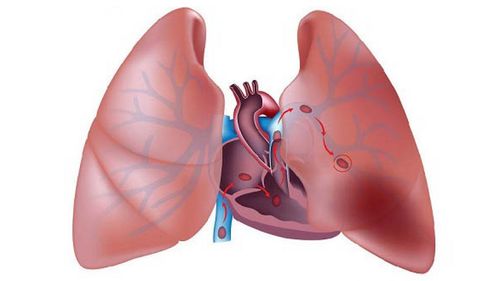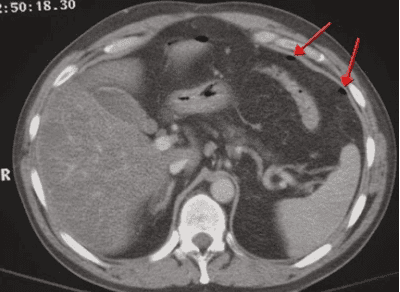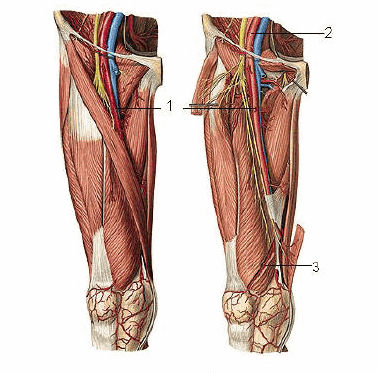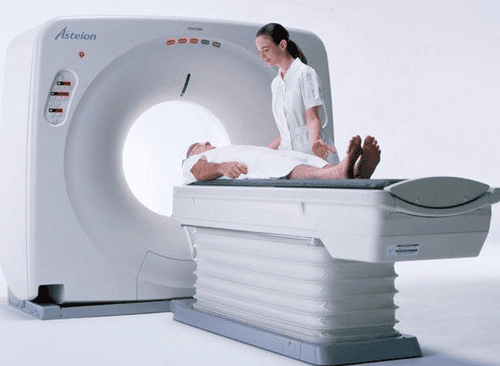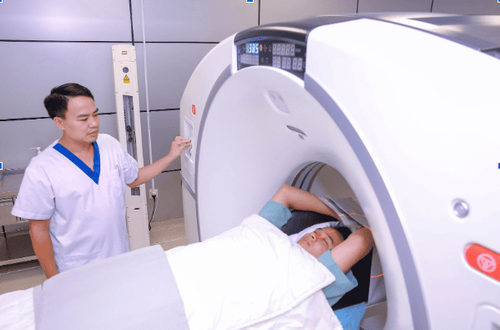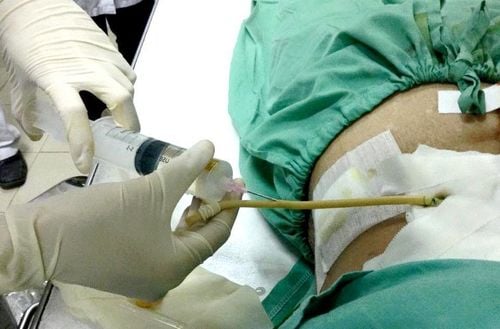This is an automatically translated article.
The article is professionally consulted by Master, Resident Doctor, Specialist I Trinh Le Hong Minh - Department of Diagnostic Imaging - Vinmec Central Park International General Hospital
CT angiography of the upper extremities is often prescribed by doctors to evaluate some diseases in blood vessels such as aneurysms, vascular malformations... So how does the CT angiography procedure of the upper extremities take place and the patient must How do you coordinate with the doctor to make the CT scan run smoothly?
1. What is CT angiography?
CT scan, also known as computerized tomography, is a technique that uses many X-rays to scan an area of the body to be scanned in a cross-section to produce 2-D or 3-D images of the required part. taken after the image has been processed by the computer.
CT angiography is an advanced imaging technique that helps doctors examine the condition of blood vessels at the scan site. After processing by computer software, the doctor will receive a three-dimensional image of the blood vessel, helping the doctor to accurately diagnose the vascular structure in certain diseases.
CT angiography of the upper extremities includes: Cross-sectional layers from the level of the aortic arch to the distal limb, using a CT scanner 64 or higher to catch up with the hemodynamics of intraluminal iodine contrast. circuit. After specialized software for data processing, the limb arteries can be recreated in all directions.
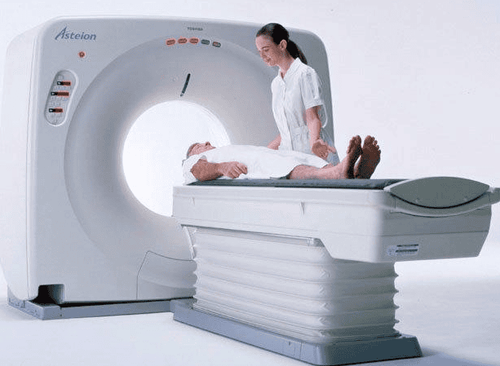
2. When to do CT angiography of the upper extremities
In the following cases, your doctor will order a CT angiogram of the upper extremities:
Acute and chronic arterial occlusion Aneurysms, malformations Check after the stent is placed. Anatomic assessment of normal and abnormal upper extremity arterial system Usually any patient can undergo CT angiography, however, if the patient has a history of iodinated contrast agent allergy, asthma management, liver failure, kidney failure should inform the doctor and consult before performing CT angiography.
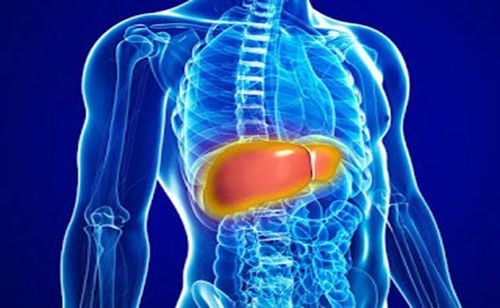
3. Procedure for CT angiography of upper extremities
3.1 Prepare the patient
Before performing a CT angiogram of the upper extremities, the doctor should clearly explain to the patient the steps to be followed so that the patient can coordinate smoothly and avoid wasting time:
Remove the earring, necklace and hairpin if available. Before the CT angiogram, you need to fast for 4 hours and limit drinking a lot of water before the scan, usually no more than 50ml of water. For patients who are overstimulated and unable to lie still, they can be sedated to facilitate the imaging process.
3.2 Steps to conduct CT angiography
3.2.1 Adjusting the patient's position
The patient lies on his back with his arms raised to limit the area of direct radiation, the cuts are made from the aortic arch upward.
In case it is necessary to evaluate correctly from the anatomical position, the arm should be left to the body, the cutting field should cover from the subclavian artery to the whole body
3.2.2 Conduct CT angiography
Step 1: Cut the orientation in two vertical and horizontal planes
Step 2: Cut the thickness of 5mm before the drug to locate the thoracic aorta to set the density measurement point for the Bolus timing program.
Step 3: Post-injection excision starting from the aortic arch to the end of the finger.
Image rendering: Using specialized software (MIP, VR...) to reconstruct images of the upper extremity arterial system in all directions, prioritizing exposure at the injury site.
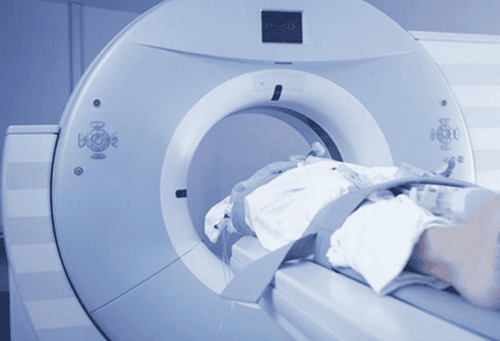
3.3 Evaluation of CT scan results
Usually after the procedure of CT angiography of the upper extremities, the patient will receive the results after 30-60 minutes. Some cases return results later if the doctor needs to do an extra consultation step.
After having the results of CT angiography of the upper extremities, the received images must meet the following requirements:
The images show the anatomical vascular structures in the examination area Detect lesions in the blood vessels above expenses if any.
4. Possible complications of CT
CT angiography of the upper extremities is an accurate method to help identify many diseases on different organs. Usually, the adverse events caused by using this method are very few, mainly those related to iodinated contrast agents. Patients usually stay in the monitoring room for about 30 minutes, if there are no abnormal symptoms, the doctor will send them home.
Note that after CT angiography, the patient should drink a lot of water to eliminate the iodine contrast agent from the body.
Please dial HOTLINE for more information or register for an appointment HERE. Download MyVinmec app to make appointments faster and to manage your bookings easily.





